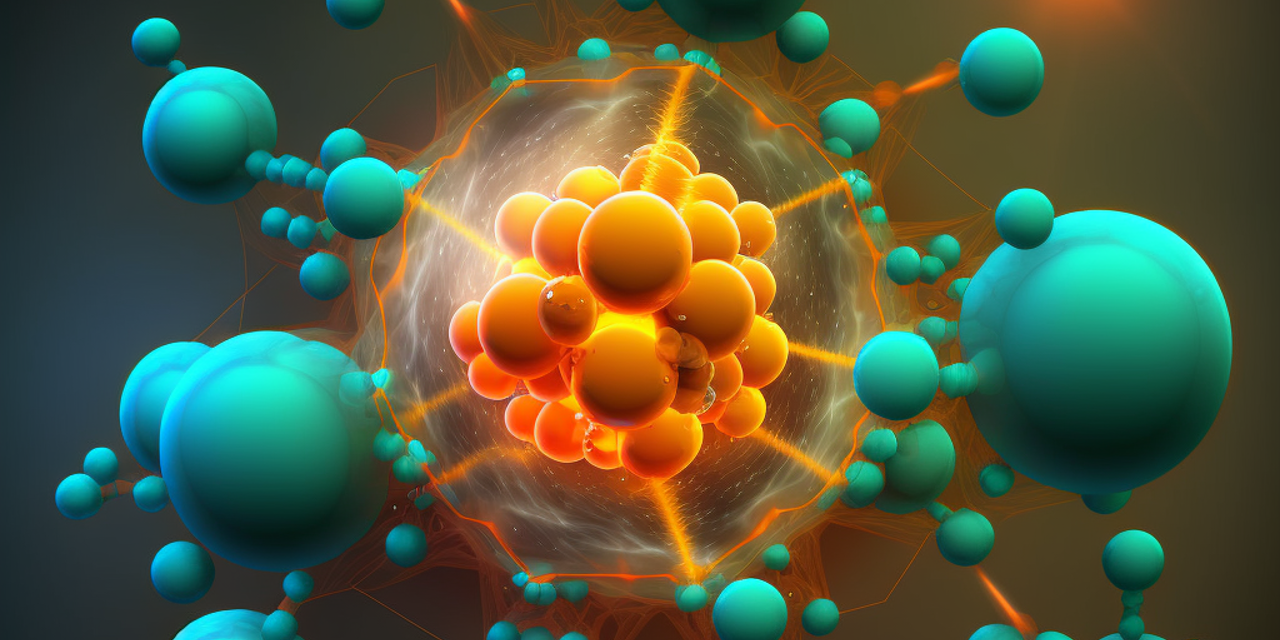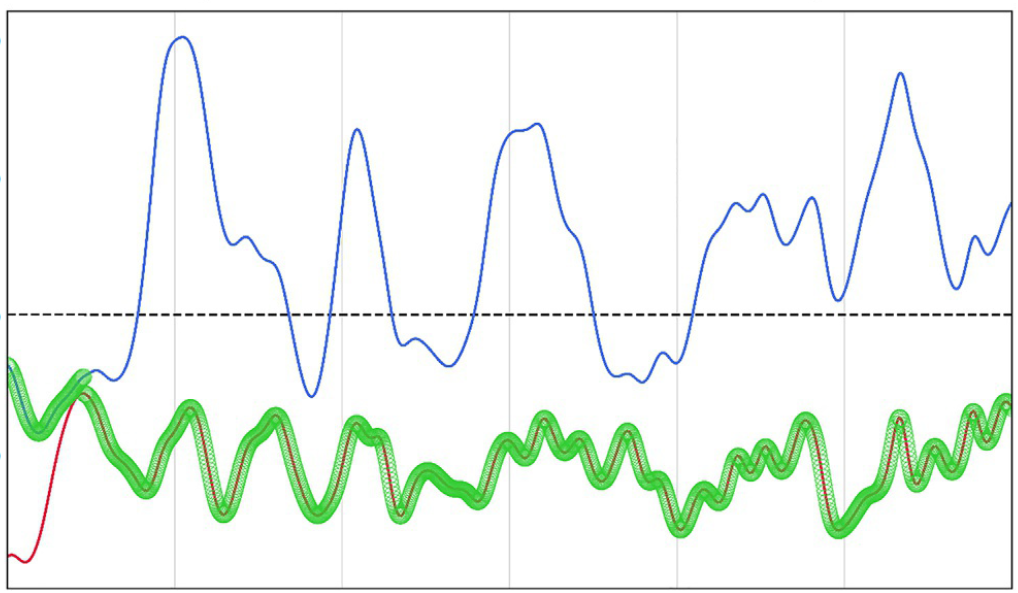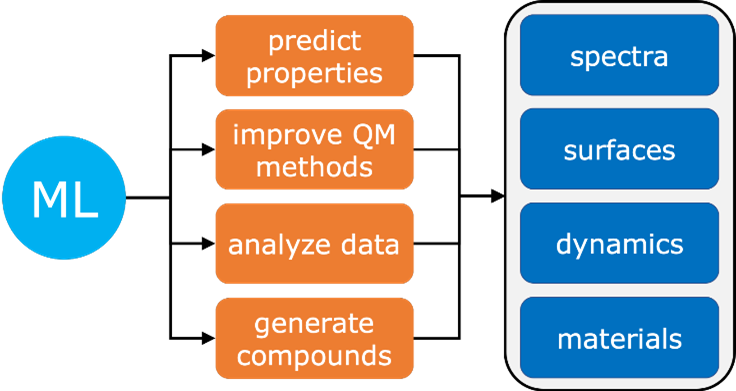Paper reviews multireference methods and applications to molecular excited states.
In brief:
- The main multireference (MR) methods available for excited states are reviewed.
- The review spans ab-initio and semiempirical MR-CI, MR-CC, MR-PT, and MR-DFT.
- Recent MR applications to several classes of molecules, from diatomic to proteins, are discussed.
It’s a pleasure to announce the publication of Multireference Approaches for Excited States of Molecules in the Chemical Reviews [1].
In this work, led by Hans Lischka, we have extensively reviewed the methods and applications of multireference electronic structure theory. With over 1000 references, you will find everything you ever wanted to know (and possibly more) about MR methods.
Often, the theoretical description of the molecular wave function, especially near the ground state minimum, can take a single Slater determinant as the basic approximation. Several of the most popular quantum chemistry methods (DFT, coupled cluster, MP2) calculate electron dynamic correlation based on this single reference (SR) approximation. Then, excited states are computed (TD-DFT, CC2, ADC(2)) still based on that approximation.
There are, however, many situations when the SR approximation isn’t reasonable anymore, and the ground state description must start from an ensemble of Slater determinants, which is called a multireference (MR) approximation. This means that nondynamical electron correlation (also known as static or strong correlation) must be also computed in addition to dynamic correlation.
Among the main case for which MR approximation is needed, I can mention:
- molecules with metals (due to their large density of states);
- dissociative structures;
- conical intersections with the ground state.
MR methods have been around since the 1970s, but they have never been nearly as popular as the SR methods. They require large expertise to run and demand a lot of computer power.
Conceptually, the most straightforward MR method is the uncontracted MRCI, which calculates ground and excited states from a configuration interaction expansion starting from a multireference configuration space (usually, set by a preliminary CASSCF calculation). But the MR approximation can be used in any framework, like MR-PT (CASPT2 is the most famous example), MR-CC, and MR-DFT.
Today, there are many fascinating developments in the MR field. Methods allowing to increase (a lot) the reference space, program adaptations for GPUs, energy gradients for CASPT2, algorithms for automatic generation of the reference space.
No, MR methods won’t ever be as popular as DFT, but they are ready to take a fair share of computational chemistry calculations.
All these things are discussed in details in our review, whose outline is:
A. Theory and MethodsA.1. Configuration InteractionA.1.1. Basic conceptsA.1.2. Single- and Multireference SpacesA.1.3. Size-extensivity Problem.A.1.4. Contracted CIA.1.5. Calculation of Excited StatesA.1.6. Individual Selection SchemesA.1.7. Local MRCI ApproachesA.1.8. Natural Orbitals for Use in MRCIA.2. Multiconfiguration Self-Consistent Field MethodA.2.1. Multiple MCSCF Solutions and Symmetry BreakingA.3. Coupled cluster methodsA.3.1. Single reference coupled cluster methods to describe excited statesA.3.2. Multireference coupled cluster MethodsA.4. Mutireference perturbation theoryA.5. MRCI with semiempirical HamiltoniansA.6. Multireference Density Functional TheoryA.6.1. Nondynamical electron correlation in DFTA.6.2. Semiempirical MRCI with DFTA.6.3. Hybrid wavefunction and DFTA.6.4. Multiconfigurational DFTA.6.5. Ensemble DFTA.7. Emerging algorithmsA.7.1. DMRGA.7.2. FCIQMCA.8. Aspects of analytic gradients and nonadiabatic couplingsA.9. Diagnostics of multireference character, analysis of excited states |
B. Applications of multireference methods to molecular excited statesB.1. Diatomics and small moleculesB.2. Singlet oxygen photosensitizationB.3. Conjugated π systemsB.3.1. Excited States of PolyenesB.3.2. Protonated Schiff basesB.3.3. Nucleic acids: from nucleobases to double strandsB.3.4. Aminoacids and proteinsB.3.5. Polycyclic aromatic systems: monomers and dimersB.3.6. Transition metal complexes: metalloporphyrins |
In addition to Hans, I’d like to thank my coworkers Dana, Adelia, Peter, Felix, and Franciso for their hard work putting this review together.
MB
Reference
[1] H. Lischka, D. Nachtigallová, A. J. A. Aquino, P. G. Szalay, F. Plasser, F. B. C. Machado, and M. Barbatti, Multireference Approaches for Excited States of Molecules, Chem. Rev. DOI: 10.1021/acs.chemrev.8b00244 (2018).



1 Comment
Paper: Multireference Approaches for Excited States - Comp-Photo-Chem · August 1, 2018 at 2:31 PM
[…] a more detailed discussion of the paper, visit barbatti.org. A postprint of the accepted manuscript can be downloaded […]
Comments are closed.